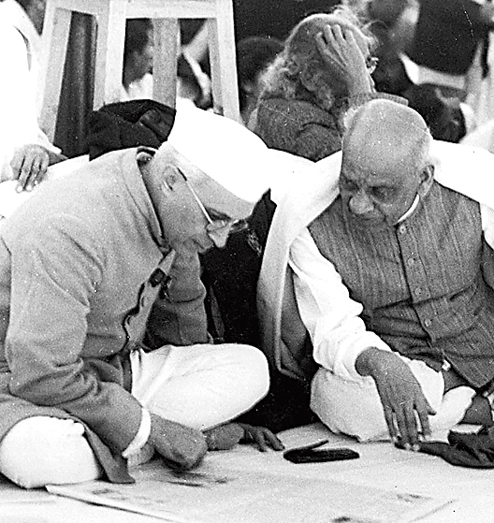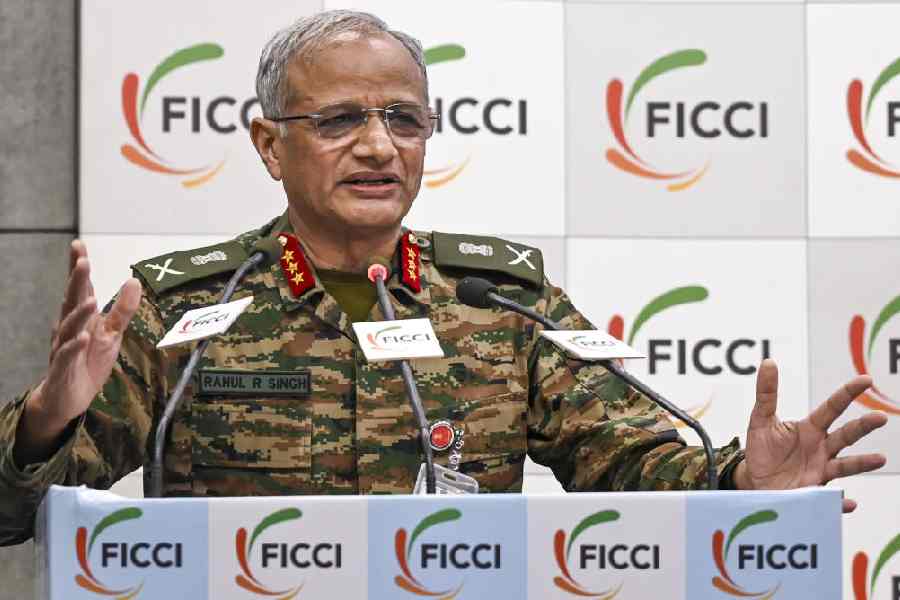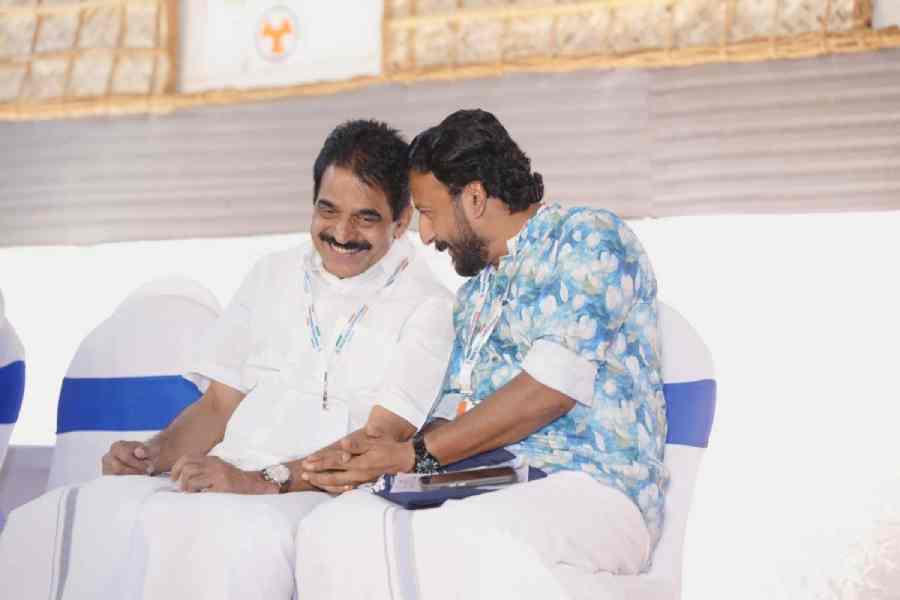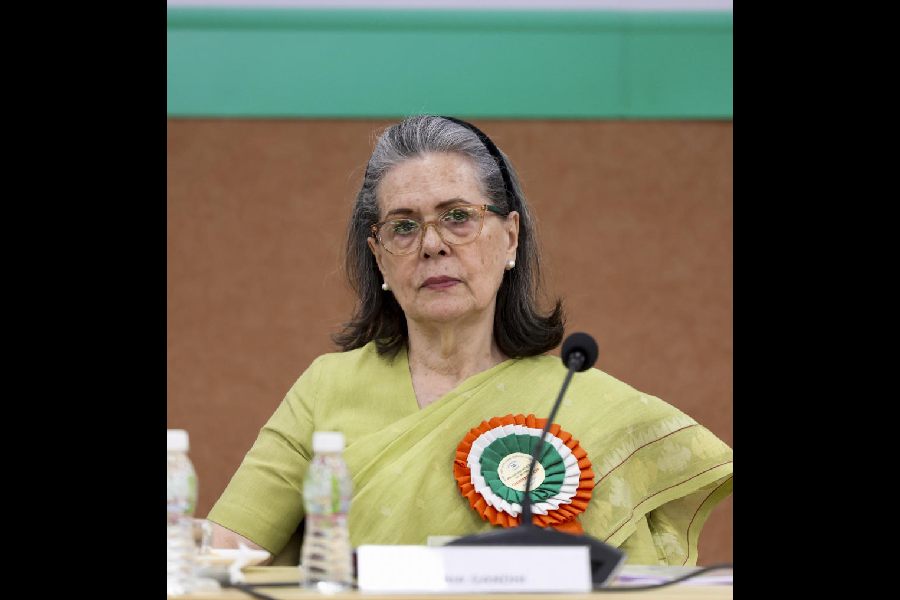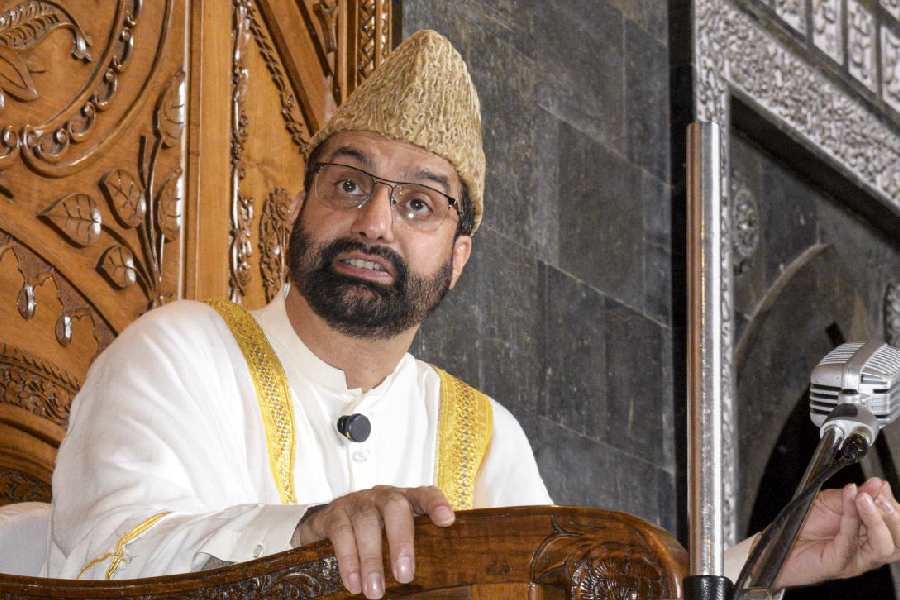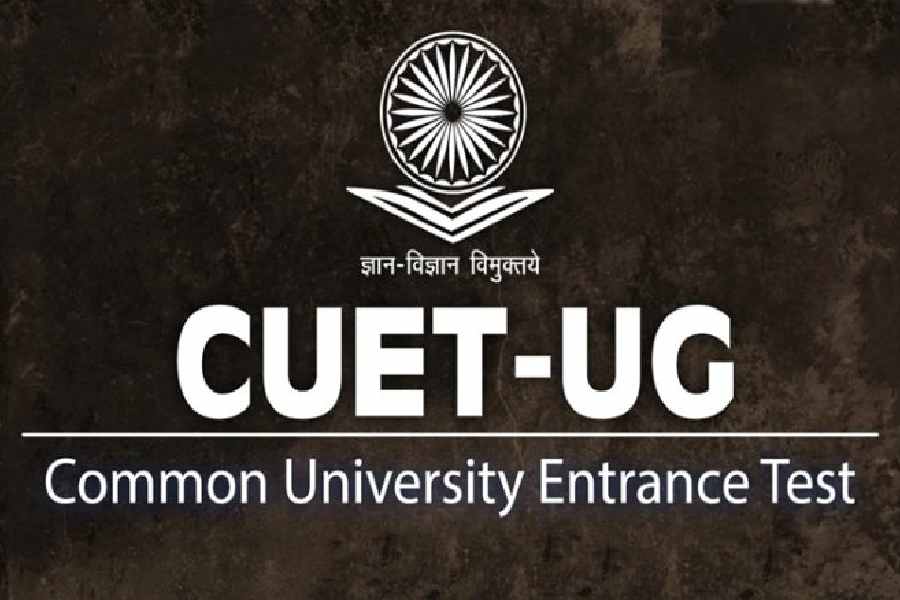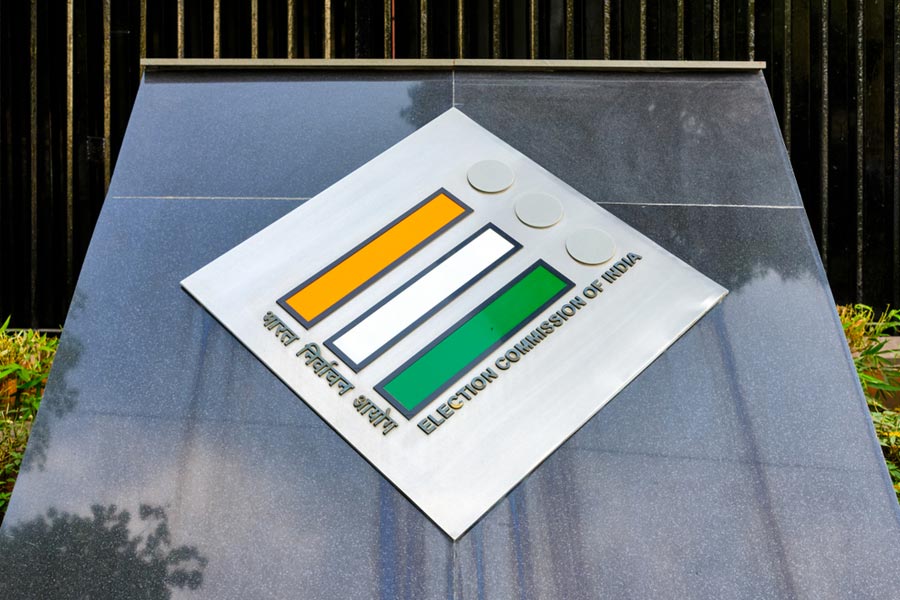
Economic policy requires prior messaging. Reactions can then be factored into policies. Statements of intention must follow, and then the policy announcement. Rules and procedures must follow, with correct implementation and their close monitoring, and then evaluation of targeted achievement of purposes. In India, the annual Union budget has been the vehicle for economic policy announcements. But many of the steps described are ignored or performed cursorily. Monitoring of implementation and rigorous evaluation of outcomes are particularly unsatisfactory.
Suresh Prabhu's 2016 railway budget reflects his expertise as an accountant and manager. It makes no populist promises. It uses good marketing thinking and will improve the customer experience so that traffic revenues can expand. Recapturing freight traffic lost to trucks and restructuring of the ancient railways management structure have been proposed to make the system more nimble and accountable.
The 2016 Economic Survey is positive about India's growth in a stressed global situation. Growth at 7 to 7.75 per cent, possibly at 8 per cent, consumer inflation at a low of less than 5 per cent and a low balance of payments deficit are good news. But private investment is static. Public and private corporate sectors are struggling under huge debts, and banks (more than 200 billion dollars in stressed infrastructure assets alone) are in poor shape. Growth of industrial production and employment are weak. Poor performance of agriculture (even allowing for four drought seasons) is hurting rural India. Exports are badly down - at minus two per cent - even after allowing for the decline in oil products exports. Global developments will hold India back. The strategy has to be adherence to deficit targets, maximizing of public investment in urban and rural infrastructure and agriculture, rationalizing expenditures and maximizing revenues and the easing of doing business. Subsidies hugely benefit the non-poor and rich (who are estimated to get Rs 103,000 crore of subsidies). Fertilizer subsidies greatly profit manufacturers and rich farmers. Disinvestment and privatization of public enterprises and banks must be not just for raising revenues but for improving economic efficiency. A single national goods and services tax could improve the gross domestic product. Cash benefit transfers could save much wasted and stolen welfare expenditures. Does the 2016 budget tackle these issues?
This budget like the last two does not state overall economic direction - laissez-faire; market orientation with rules for competition and exercise of market power, and strong, transparent and independent regulatory authorities to ensure there is no abuse or state control as during the pre-Deng Xiaoping years as in China. India has an inefficient public enterprise system owned by the government that operates a good part of the infrastructure and basic industries; a government-owned banking system accounting for almost two-thirds of the sector and one which is in deep financial trouble; a relatively free private sector but with a plethora of time-consuming rules and inspections that slow efficient operations. India also has many restrictions on foreign direct investment, but strangely not on institutional investments. Poorly-run enterprises continue to operate and pull the economy down.
This budget of Arun Jaitley is far more comprehensive than the previous two. It depends on domestic demand for pushing growth. It states as its priorities agriculture, rural development, infrastructure, strengthening banks, and improving social services and opportunities for the poor. It aims to use digital technology to focus on benefits for the deserving and to ease taxation and 'doing business'. It proposes to adhere to the 3.9 per cent fiscal deficit target for the current year (after absorbing into revenues around Rs 100,000 crore in excise tax instead of passing on all oil price reductions to the consumer). For 2016-17, it claims to retain the target of 3.5 per cent but also proposes a committee to make the target into a range instead of a single number, thus keeping the option of missing the committed target.
Domestic demand will increase with the massive expenditures proposed on agriculture, rural development, panchayats (over Rs 2 lakh crore) and the infrastructure for railways and roads (over Rs 2.21 lakh crore). This will certainly stimulate local demand and help the economy grow. But inflationary pressures will be a serious worry and I doubt if the Reserve Bank of India will now consider reducing interest rates.
The budget has many detailed proposals to ease tax collection and refunds with the least opportunity for harassment and time losses. A dispute resolution mechanism to deal with old tax disputes and one for renegotiating power purchase agreements are welcome and will unshackle many stalled projects. A new bankruptcy law will help in unlocking stressed assets. Crop insurance will help distressed farmers. Direct benefit transfer for fertilizers and LPG, health and pension benefits, incentives for organic farming, a unified agricultural marketing scheme, land records in digital storage, foreign direct investment in food processing and its retailing, more farm credit, 100 per cent rural electrification by 2018 are only some of the many detailed proposals. Some of them require the cooperation of state governments and may not be as effective nationally. The digital literacy mission for rural areas will help in the transfer of benefits and technology.
However, only a modest sum of Rs 25,000 crore (more is promised if needed) against an estimated requirement of over Rs 200,000 crore needed to recapitalize nationalized banks is unlikely to help credit expansion to industry. Disinvestment is proposed and a committee will identify target companies. But the proposal seems mild and will not change the structure and efficiency in the economy with any urgency. There is also a stated intention to consolidate banks but this will surely take years to propose and execute. The Bank Board Bureau will oversee the functioning of banks - a weak substitute for privatization or the changing of the top management in each nationalized bank.
The middle class benefits from the raising of income ceilings and deductions for tax. But the corporate sector only gets to substitute a lower tax rate for some incentives enjoyed by it. However, special economic zones will gain from the extension of benefits to 2020 (a sop particularly for the IT sector). At the same time, the tax deduction for research has been reduced significantly though there will be considerable tax advantage if the research results in patents that are marketed.
There are limited attempts to deepen the financial sector. The primary source for capital remains equity and bank lending, mostly by nationalized banks. The latter will continue being influenced by the government's preferences. Public procurement and storage, physical distribution of subsidized grains and the vast stocks, much in excess of declining consumer demand, continue. One had hoped that a minimum support price policy for pulses would be announced.
Administration and police reform do not seem to be on this government's agenda. The pay commission, again, has been used only to enhance remuneration to government servants and not to use remuneration as a tool to improve performance.
The Narendra Modi government has no economic message after two years in office. There are many proposals in the budget. The secret will be the implementation. Unfortunately, there is no proposal for new mechanisms of implementation or monitoring and evaluation.
This budget will help growth but not private investment and manufacturing or in creating better paid jobs. It retains the prospect of inflation and will continue the high interest rates. It is a better budget than ones in the past but not good enough to achieve its stated objectives.
The author is former director-general, National Council of Applied Economic Research

